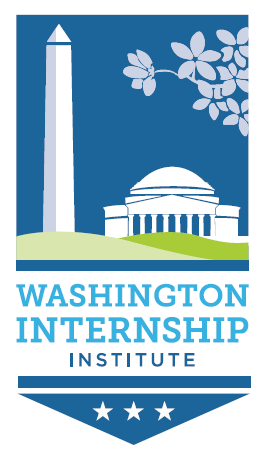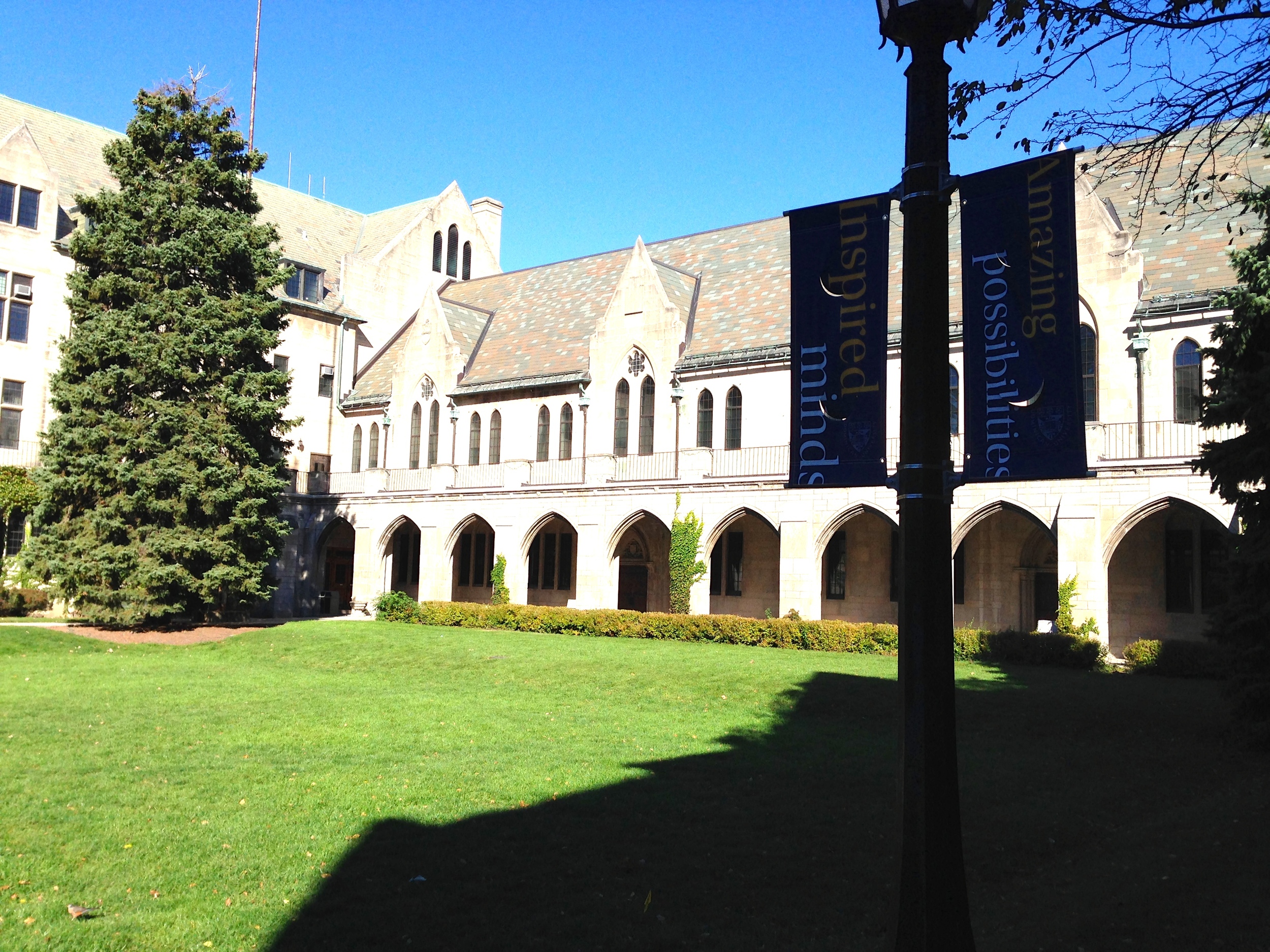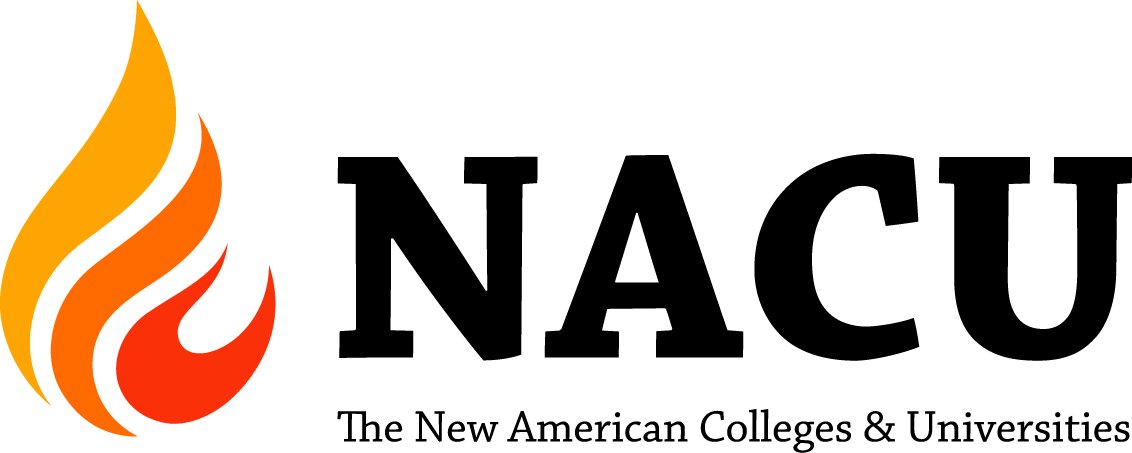Road Trip: Unrivaled
/The Memorial chimes at St. Olaf College
I love college rivalries. I like the passion with which my family cares about how the University of Washington does in football. They are so passionate not just because we are native Washingtonians, but because pretty much everyone in my family went to UDub (except for my cousin, who went to Washington State (otherwise known as Wazzu) and is consistently ridiculed). I will always be a UDub fan, even though I haven't lived in Washington (THE STATE) in over twenty years.
I also love college rivalries that may manifest themselves most commonly in sports, but really are grounded in other differences. I went to Pomona College in California, and our sworn enemy was Claremont McKenna College, just across the street from us. Such proximity no doubt bred hostilities, but the rivalry for me was always more ideological: Pomona was a bastion of liberalism, while CMC was a more conservative place (they had a conservative newspaper, and Pomona certainly didn't). Thus, it wasn't just that Pomona wanted to beat CMC in football, but we wanted to prove they were wrong or worse than us. That's a much higher-stakes game.
I visited St. Olaf College and Gustavus Adolphus College a few weeks ago, one after the other since they're a short drive apart. They share many characteristics: small liberal arts colleges on hills overlooking the towns below them with incredibly bright and ambitious students, served by committed staff members, and taught by highly involved faculty members. However, Oles and Gusties are not friends. Sure, there's a natural rivalry between similar colleges near each other, but this rivalry runs much deeper.
The chapel at Gustavus Adolphus College
Before I left St. Olaf for Gustavus, I told a staff member my destination; she replied, "oh, it's a nice enough campus, but, you know, they're Swedes, so it's not as nice as ours." Yes, the rivalry is rooted in that very Minnesotan conflict between different northern Europeans--in this case, the Norwegians versus the Swedes who founded each college, and whose culture and contemporary citizens still remain very much a part of the colleges. To an outsider, the roots of this rivalry seem adorable, probably because I don't know much about the differences between Norwegians and Swedes, but also because the commonalities seem so much more important. However, rivalries are irrational constructs we use to push ourselves forward, so the end may justify the means.
I will not take sides here though: both campuses were beautiful.



























